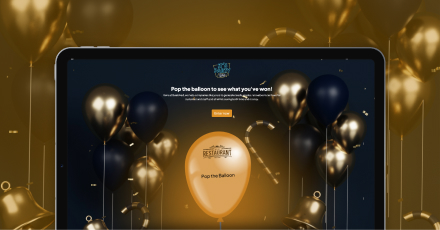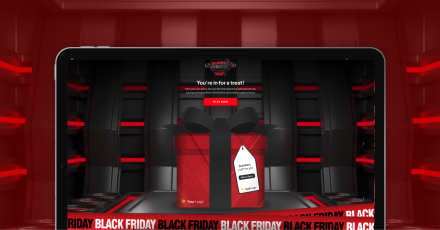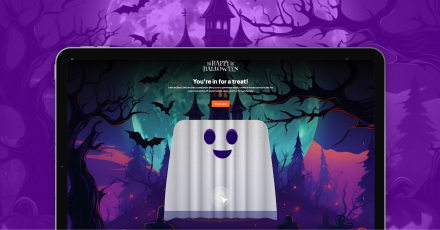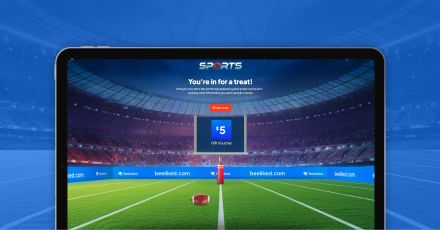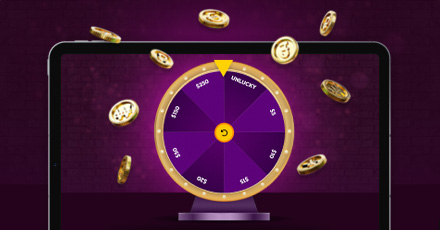Keeping your team motivated can be challenging, but the right incentives can make all the difference. Incentive pay, a powerful tool to boost engagement and drive success, holds the potential to significantly elevate your team’s performance and align their goals with your company’s objectives. Let’s explore how this well-structured plan can bring about a positive change in your business.
What Is Incentive Pay?
Incentive pay is a form of compensation that goes beyond an employee’s base salary. It’s designed to reward employees for achieving specific goals or performance targets. Unlike standard salaries or wages, which are fixed, incentive pay is variable and tied directly to the performance or productivity of the individual or team. This type of compensation can take many forms, including bonuses, commissions, profit-sharing, and even non-monetary rewards like extra time off or special recognition.
The idea behind incentive pay is simple: offer additional rewards for exceptional performance so companies can motivate employees to go the extra mile. This method encourages employees to meet their targets and pushes them to exceed expectations, driving the organization’s overall success.
Does Incentive Pay Really Work?
The effectiveness of incentive pay has been the subject of much debate. While some argue that it can lead to short-term thinking or unhealthy competition, the evidence largely supports its effectiveness when implemented correctly. Incentive pay has been shown to boost productivity, increase employee satisfaction, and reduce turnover. However, the key to success lies in designing a plan that aligns with your company’s culture and values.
A well-crafted incentive pay plan can create a performance-driven culture where employees feel valued and motivated to contribute their best work. Tying compensation to performance encourages employees to focus on the activities that drive business success. However, it’s essential to ensure that the goals set are realistic and that the incentives are meaningful to the employees.
Types of Incentive Payment Programs
Different companies have different goals, and the same applies to their incentive programs. Businesses must find the right combination of rewards and recognition that motivates their team and aligns with their broader business strategy. Here are some common types of incentive pay programs that companies might offer:
- Bonuses: Bonuses are perhaps the most well-known form of incentive pay. They can be based on individual performance, team achievements, or company-wide success. Bonuses can be paid out annually, quarterly, or even on a project basis.
- Profit Sharing: This method involves sharing a portion of the company’s profits with employees. The idea is that when the company does well, the employees share in that success. It fosters a sense of ownership and aligns employees’ interests with the company’s goals.
- Commission: Common in sales roles, commissions are a percentage of the sales revenue that an employee generates. This type of incentive pay directly ties the employee’s earnings to their ability to close deals and drive revenue.
- Non-Monetary Rewards: Sometimes, incentives come in forms other than cash. Extra vacation days, flexible work hours, or even recognition in company-wide meetings can be powerful motivators. These rewards can be particularly effective in creating a positive work culture.
The Role of Gamification in Incentive Pay

At BeeLiked, we believe in the power of gamification to boost employee engagement. Gamification can be a valuable tool for enhancing your incentive program by making it more tailored and interactive. For example, employees can earn spins on a virtual Spin-the-Wheel game for every milestone they achieve, with the chance to win rewards ranging from extra vacation days to gift cards. You can also reward employees for reaching performance targets with a digital scratch card to reveal a compelling prize. Gamification injects excitement into your rewards program by offering instant gratification. You can create a more dynamic and interactive experience that enhances your existing programs so that they are more effective and appealing. Additionally, these games can be personalized to match the preferences of your employees, allowing them to win rewards that resonate most with them.
How to Design an Effective Incentive Pay Plan
Creating an effective incentive pay plan requires careful planning and consideration. Here are some key steps to consider:
- Set Clear Goals: The first step in designing an incentive pay plan is to establish clear, measurable goals. These should align with your company’s objectives and be achievable for your employees. If the goals are too easy or too difficult, the incentive plan may fail to motivate.
- Choose the Right Incentives: Not all incentives will work for every employee. Some may be motivated by cash bonuses, while others might prefer extra time off or recognition. Understanding your team and offering a range of incentives can help you create a plan that resonates with everyone.
- Communicating the plan clearly is a crucial step in ensuring its success. Make sure your employees understand how the incentive pay plan works. Clearly communicate the plan’s details, including how they can earn incentives, what the rewards are, and how their performance will be measured. This transparency will help them feel informed and prepared to participate in the plan.
- Monitor and Adjust: Regularly review your plan’s effectiveness and adjust as needed. If specific goals are consistently unmet, it may be time to reevaluate and change the targets or the incentives.
Avoiding the Pitfalls of Incentive Pay
While incentive pay can be a powerful tool, it’s not without its risks. Here are some potential pitfalls to be wary of:
- Unrealistic Expectations: If the targets set are too high, employees may become discouraged, leading to lower morale and productivity. It’s crucial to strike the right balance between challenging and achievable goals.
- Short-Term Focus: Incentive pay can sometimes encourage employees to focus on short-term gains at the expense of long-term success. To counteract this, consider including long-term performance metrics in your incentive programs.
- Inequity: If incentive pay is perceived as unfair, it can lead to resentment and decreased motivation. Transparency and clear communication are crucial to ensuring all employees feel the system is fair.
- Burnout: Constant pressure to meet targets can lead to burnout, particularly if the incentive program is too aggressive. Be mindful of the impact on employee well-being and ensure that the plan encourages sustainable performance.
The Future of Incentive Pay

As the workplace continues to evolve, so too must incentive pay plans. With remote work becoming more common, companies must find new ways to motivate and engage employees working from home. Digital tools and platforms like BeeLiked can play a significant role, offering new ways to track performance, distribute rewards, and keep employees connected and engaged.
Moreover, as companies become more focused on diversity and inclusion, incentive pay plans will need to be designed with these values in mind. This might mean offering a wider range of incentives that cater to different needs and preferences or ensuring that incentive pay plans are equitable across all employee groups.
Tailoring Incentive Pay to Your Team
Incentive pay can motivate your workforce by driving performance and aligning your team’s efforts with your company’s goals. But like any tool, it must be used correctly to be effective. Carefully designing your incentive pay plan, choosing the right incentives, and integrating elements like gamification, can create a system that motivates, rewards, and engages your employees meaningfully.
At BeeLiked, we’re passionate about helping companies create engaging and effective incentive programs. Whether you’re looking to boost sales, improve customer service, or simply recognize your team’s hard work, we can provide you with tools that fit your business needs and keep your employees motivated and happy. Explore our employee engagement solutions today to see the difference.
